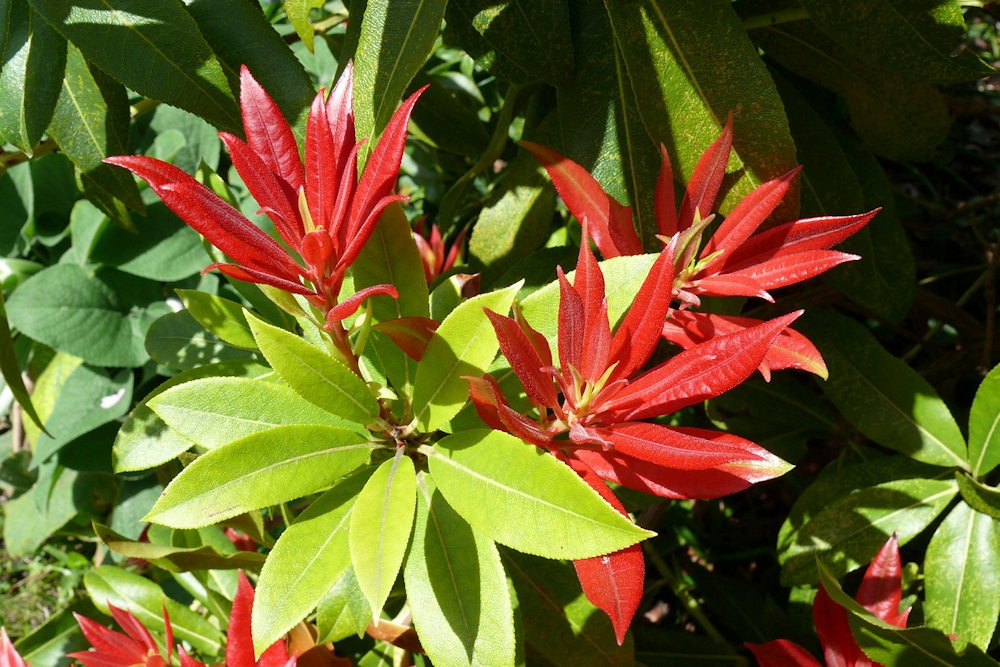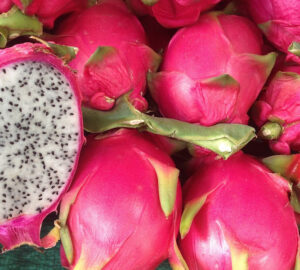As the crisp autumn air ushers in the planting season, you might be adding a variety of plants to your garden, including those that thrive in acidic soil. Understanding how to create the right environment for these acid-loving plants is essential to ensure they flourish and bring vibrant life to your outdoor space.
Understanding Your Garden’s Soil pH
Before planting any garden plants that prefer acidic soil, it’s crucial to know the pH level of your soil. Soil pH is a measure of how acidic or alkaline your soil is, ranging from 1 (very acidic) to 14 (very alkaline), with 7 being neutral. Most garden plants thrive in neutral to slightly acidic soils, but some plants need more acidic conditions to absorb nutrients effectively. To determine your soil’s pH, you can use a home testing kit, pH meter, or send a sample to a local extension service.
Top 10 Garden Plants That Love Acidic Soil
These acid-loving plants will thrive in soil with a lower pH, adding beauty and productivity to your garden.
Blueberries (Vaccinium spp.)
These fruit-bearing shrubs thrive in soil with a pH between 4.0 and 5.5. They produce sweet, juicy berries and have beautiful autumn foliage, making them both productive and ornamental.

Azaleas (Rhododendron spp.)
Known for their stunning spring flowers, azaleas flourish in acidic soil with a pH of 4.5 to 6.0. They are a favorite in shady gardens and woodland settings.
Hydrangeas (Hydrangea macrophylla)
Particularly the “Bigleaf” variety, these plants change color based on soil pH, with more acidic soils producing blue flowers. They prefer a pH between 5.0 and 6.0.

Camellias (Camellia japonica)
These evergreen shrubs produce beautiful, rose-like flowers in winter or early spring. Camellias prefer soil with a pH of 5.0 to 6.5.
Rhododendrons (Rhododendron spp.)
Related to azaleas, rhododendrons thrive in acidic soil, particularly between 4.5 and 6.0 pH. They are known for their large, showy clusters of flowers.
Heathers (Calluna vulgaris)
This low-growing, evergreen shrub adds vibrant color to the garden with its pink, purple, or white flowers. Heather prefers a soil pH between 4.5 and 6.0.

Gardenias (Gardenia jasminoides)
Gardenias are cherished for their fragrant, white flowers. They need acidic soil, ideally with a pH between 5.0 and 6.0, to thrive and produce their signature blooms.
Cranberries (Vaccinium macrocarpon)
These trailing vines are famous for their tart, red berries and thrive in very acidic soils with a pH between 4.0 and 5.5, similar to blueberries.

Fothergilla (Fothergilla spp.)
Fothergilla is a deciduous shrub that loves acidic soil (pH 5.0-6.0) and produces fragrant, bottlebrush-like flowers in spring, followed by vibrant fall foliage.
Japanese Pieris (Pieris japonica)
This evergreen shrub is known for its attractive, drooping clusters of white or pink flowers. It thrives in acidic soil with a pH of 4.5 to 6.0.

Caring for Acid-Loving Plants in Non-Acidic Soil
If your garden soil is not naturally acidic, you can still grow acid-loving plants by making a few adjustments. Here are some tips:
- Soil Amendments: Incorporate organic materials like peat moss, pine needles, or composted oak leaves to lower soil pH. These materials decompose into acidic compounds, helping create a more suitable environment.
- Sulfur or Aluminum Sulfate: These are commonly used to acidify soil. Apply them according to the manufacturer’s instructions, and be patient—changes in soil pH take time.
- Mulching: Use acidic mulches like pine bark or needles to maintain soil acidity and moisture. Mulching also helps suppress weeds and regulate soil temperature.
- Watering: Use rainwater if possible, as tap water can be alkaline and may raise soil pH over time.
Where Acidic Soils Occur in Nature
Acidic soils are naturally found in regions with high rainfall and poor drainage. Some common locations include:
- Boreal Forests: These forests, also known as taiga, have acidic soils due to the accumulation of organic matter and low temperatures, which slow decomposition.
- Coniferous Forests: Pine, spruce, and fir forests often have acidic soils because of the needles’ slow decomposition, which releases organic acids.
- Heathlands: Found in areas with sandy soils, these environments are acidic due to the leaching of nutrients and the accumulation of organic matter.
- Wetlands and Bogs: The high water table and slow decomposition rates create an acidic environment rich in organic acids.
- Tropical Rainforests: High rainfall and warm temperatures lead to intense leaching of nutrients, leaving behind acidic soils.

Five Interesting Facts About Acidic Garden Soil
- Color Changes: The pH of soil can change the color of certain flowers, like hydrangeas, making them a useful indicator of soil acidity.
- Nutrient Availability: Acidic soils can limit the availability of certain nutrients like phosphorus but can increase the availability of others, like iron and aluminum.
- Microbial Activity: Soil acidity influences the types of microorganisms present, which can affect soil health and plant growth.
- Aluminum Toxicity: In very acidic soils (pH below 5.0), aluminum can become soluble and toxic to plants, affecting root growth.
- Wild Blueberries: Wild blueberries thrive in acidic soils and are often found in naturally acidic environments, making them a key indicator species.
Final Thoughts
Growing plants that require acidic soil can be a rewarding challenge. By understanding your garden’s soil pH, choosing the right plants, and making the necessary adjustments, you can create a thriving, beautiful garden. Whether you’re cultivating blueberries or azaleas, these acid-loving plants will add vibrant color and flavor to your landscape.










